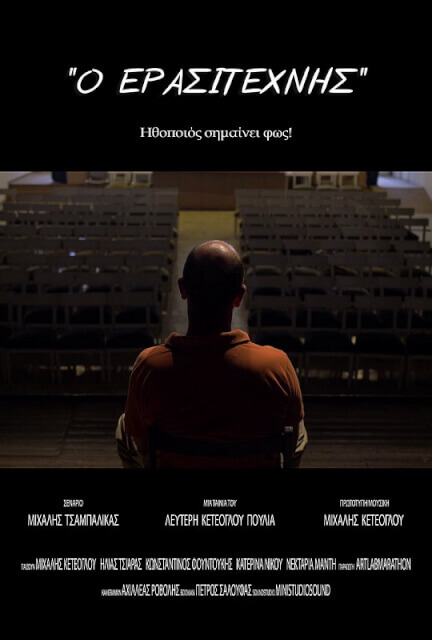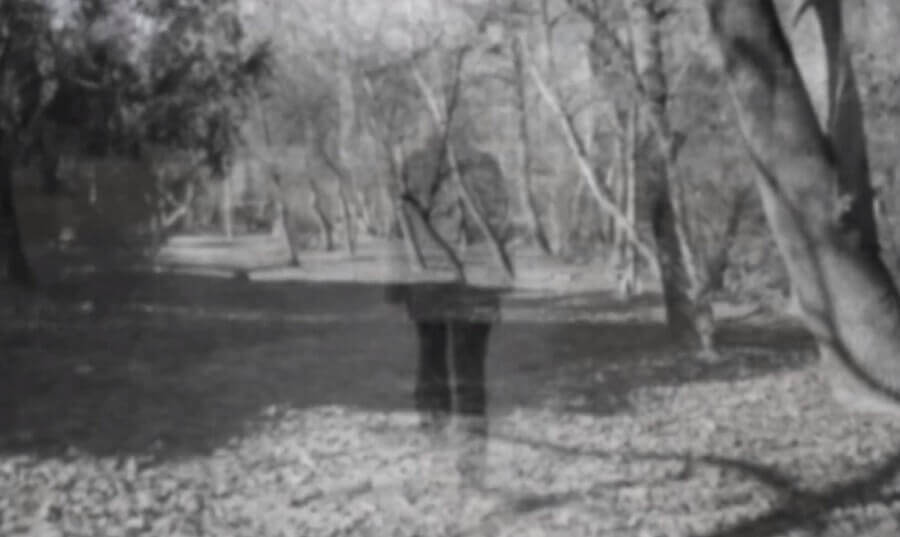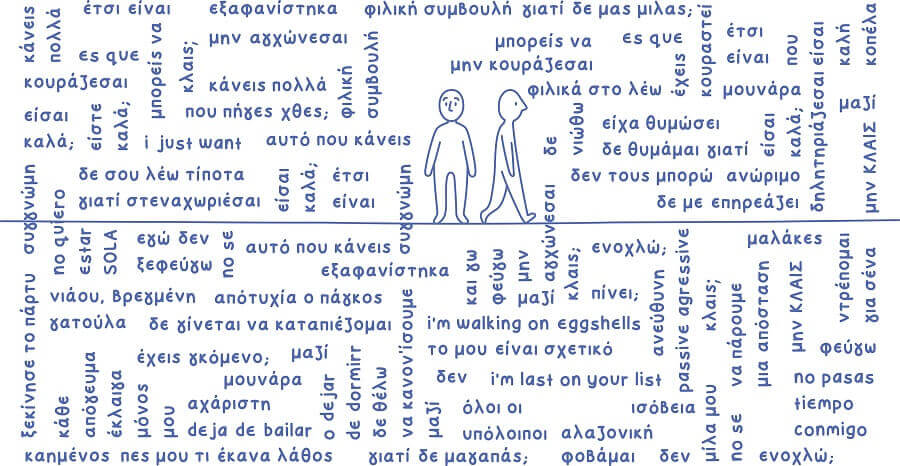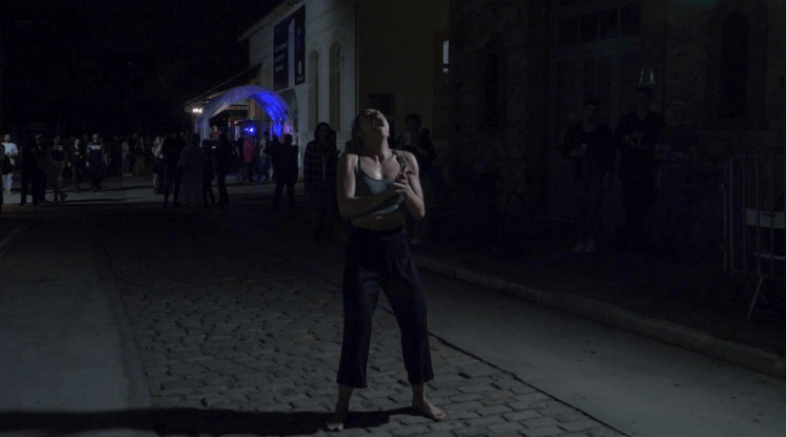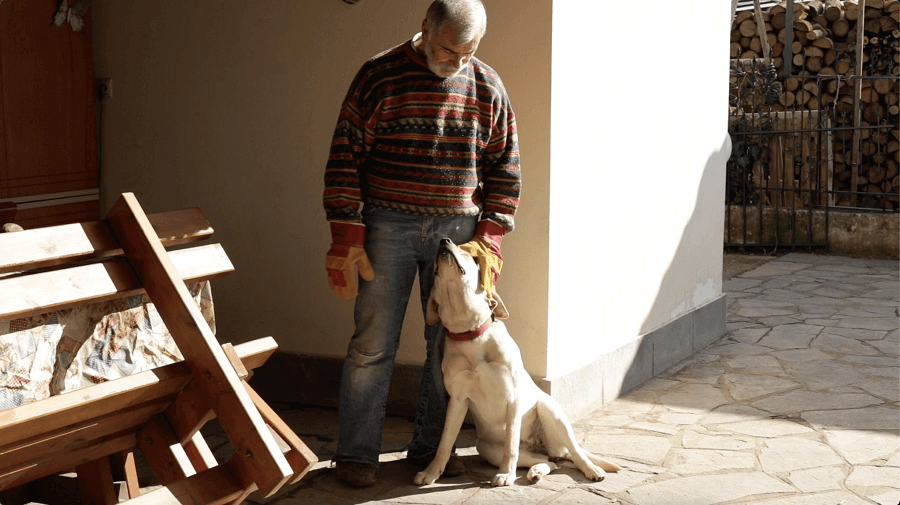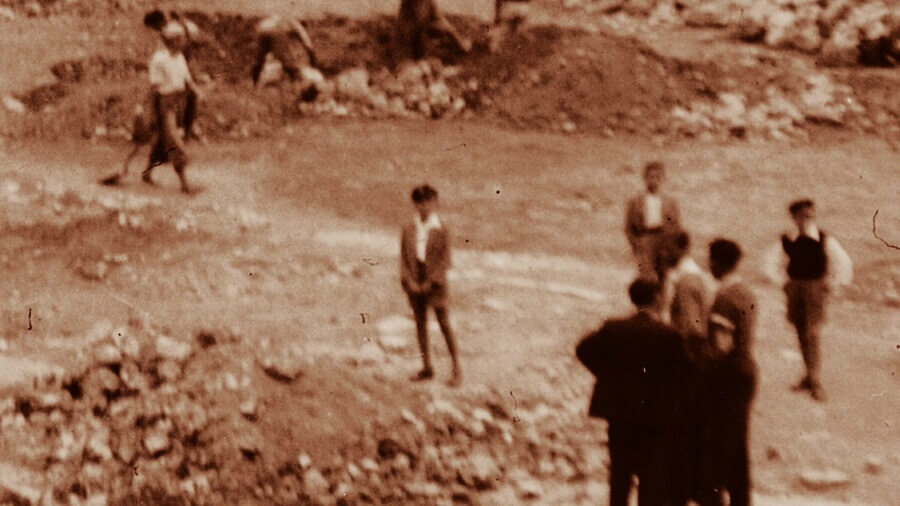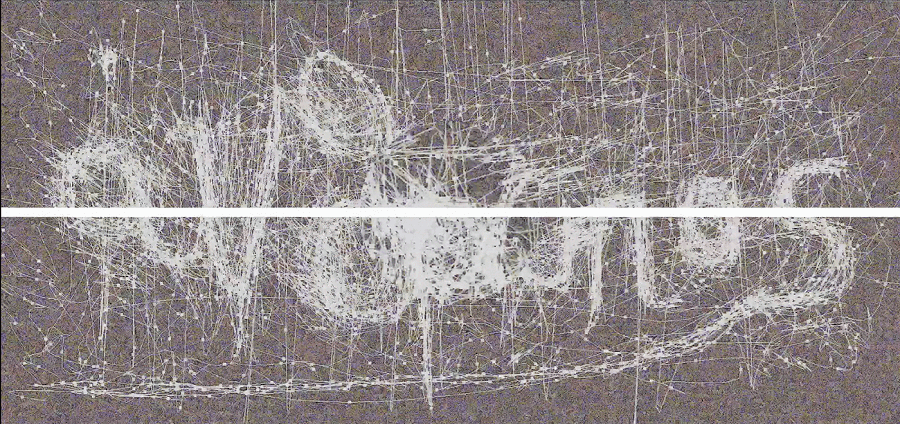Yorgos Psailas - A portrait of the British Cemetery caretaker
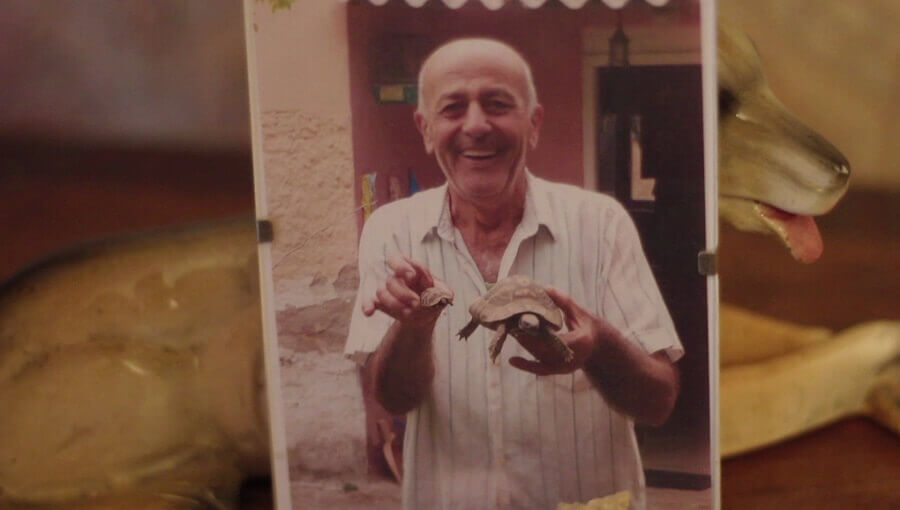
A short documentary, based on the theory of Observational Cinema. It is the portrait of the caretaker of the British Cemetery in the island of Corfu, Greece, Mr. Yorgos Psailas. The documentary deals with his daily life in the cemetery. Mr. Psailas also recounts the most important moments of his life as well as his thoughts about life and death.
Direction / Photography / Sound / Editing: Mixing: Andreas Vouliakis Translation from Italian: Athanasia Liatsi Ionian University Faculty of Music and Audiovisual Arts – Department of Audiovisual Arts Supervisor: Maria Chalkou




